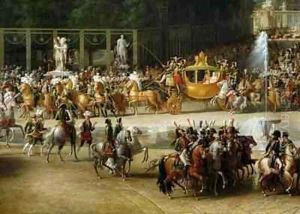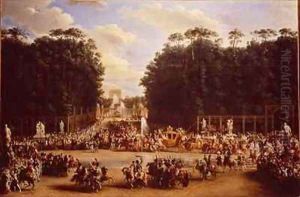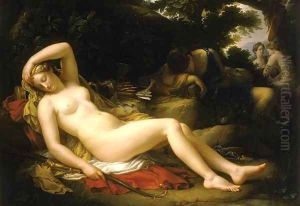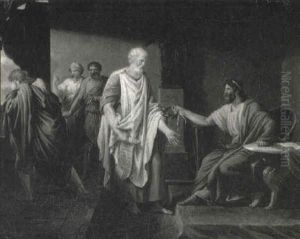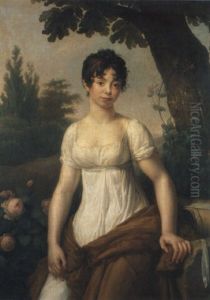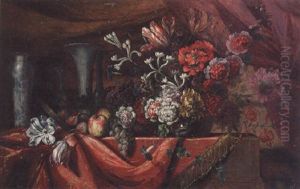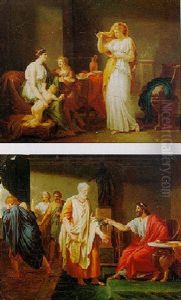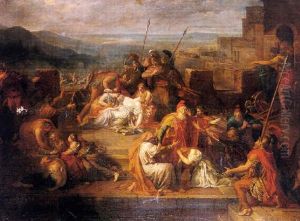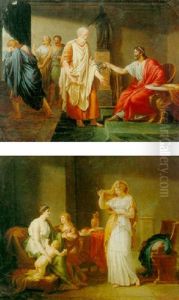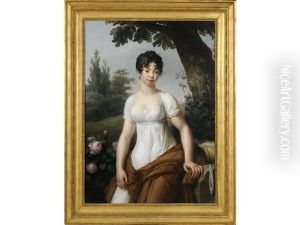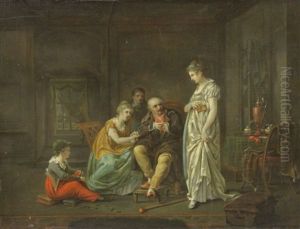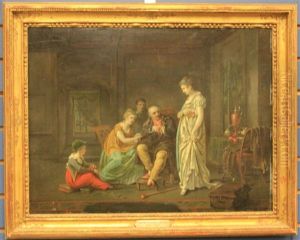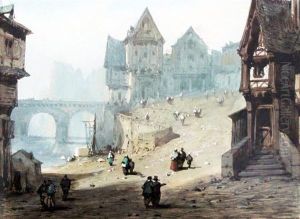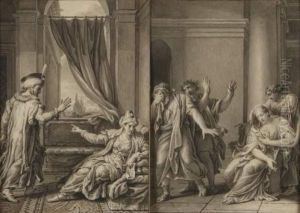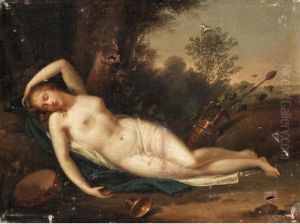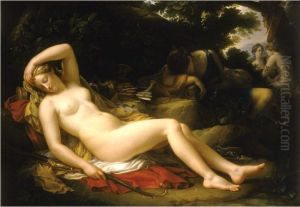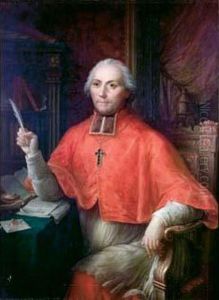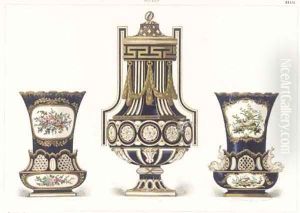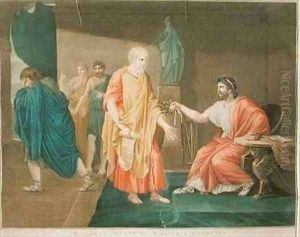Etienne-Barthelemy Garnier Paintings
Étienne-Barthélemy Garnier was a French painter and engraver born on March 22, 1759, in Paris, France. He was active during a period of significant political and social change in France, which spanned the late years of the Ancien Régime, the French Revolution, and the Napoleonic era. Garnier's career reflects the artistic transitions of his time, with neoclassical influences prominent in his work. His art often depicted historical, mythological, and religious scenes, which was in line with the neoclassical emphasis on themes from antiquity and the grandeur of human achievement.
Garnier received his artistic training at the Royal Academy of Painting and Sculpture in Paris, which was the preeminent institution for art education in France before the Revolution. He was a student of Jean-Baptiste Marie Pierre and Joseph-Marie Vien, both of whom were influential neoclassical painters. This education helped shape Garnier's style, which was characterized by its clarity of form, balanced compositions, and often somber color palettes.
Despite his connections to the Academy, Garnier's career did not follow a traditional trajectory. The French Revolution and the subsequent rise and fall of Napoleon Bonaparte led to the restructuring of many French institutions, including those related to the arts. Garnier, like many artists of his time, had to navigate the changing political landscapes and shifting patronage systems.
Garnier's works were exhibited at the Paris Salon, the official art exhibition of the Académie des Beaux-Arts in Paris. His paintings received various responses from critics and the public, but he managed to maintain a degree of success and recognition throughout his career. Notably, Garnier was awarded the Legion of Honor in 1821 by King Louis XVIII, an indication of his esteemed status within the French artistic community.
The longevity of Garnier's career allowed him to witness the transition from the neoclassical style to the burgeoning Romantic movement. While he remained largely faithful to his neoclassical roots, the emotional intensity and interest in the exotic that characterized Romanticism were not lost on him, and elements of this transition can sometimes be seen in his later works.
Étienne-Barthélemy Garnier died on October 23, 1849, in Paris. His body of work, while perhaps not as widely known as some of his contemporaries, provides rich insight into the evolution of French painting during a tumultuous period of history. He left behind a legacy that is preserved in various French museums and collections, contributing to the understanding of the neoclassical tradition in European art.
